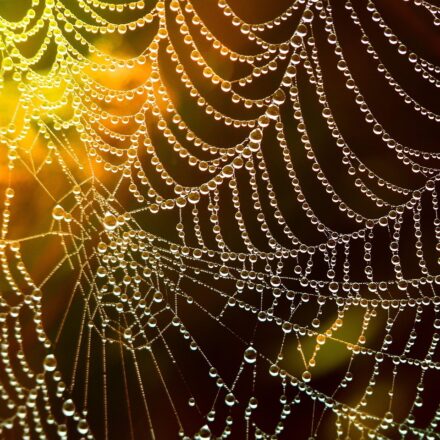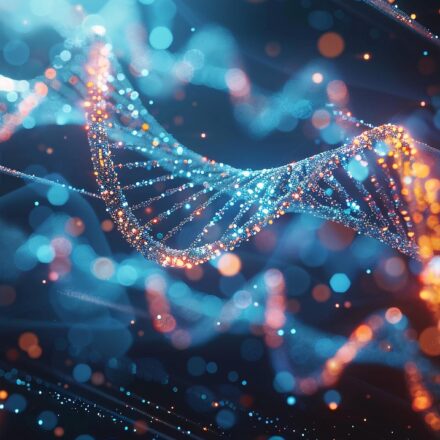Earlier today, the Federal Court rejected a claim brought by Cancer Voices Australia that isolated genetic material (DNA or RNA) that is naturally occurring in nature is not patentable subject matter. The Court found that while there is “no doubt” that naturally occurring DNA and RNA is not patentable, isolated generic material may be the subject of a valid patent.
The proceedings concerned Myriad Genetics’ patent relating to mutations in the ‘BRCA1 gene’ which have been linked to breast and ovarian cancer, as well as methods for detecting mutations in the gene, and screening methods to identify mutations for diagnostic and therapeutic purposes. The claims in dispute claim isolated nucleic (DNA and RNA) coding for certain mutant forms of the BRCA1 gene.
Cancer Voices argued that the patent did not satisfy the requirements of s18(1)(a) of the Patents Act 1990 (Cth), which requires that that an invention be a “new manner of manufacture”, on the basis that the claimed isolated nucleic acid is not materially different to the nucleic acid that occurs in nature. Myriad argued that the claims related to a patentable manner of manufacture because the claimed product “consists of an artificial state of affairs, providing new and useful effect that is of economic significance”.
Citing the High Court’s decision in National Research Development Corporation v Commissioner of Patents (1959) (NRDC), Justice Nicholas found “a product that consists of an artificially created state of affairs which has economic significance will constitute a “manner of manufacture”.
Applying NRDC, Justice Nicholas found that while it “goes without saying” that a patentable state of affairs must be the result of some human intervention, it is often difficult to determine what degree of human intervention is necessary. The Court also noted that this was especially difficult in this case.
Rejecting Cancer Voices’ argument that the patent claimed a process that was dependant on the operation of natural laws or the natural properties of the materials, Justice Nicholas noted that even if the physical properties of a material may not have changed, as in this case, removal of a material from its natural environment and its separation from other cellular components may still give rise to an artificial state of affairs. Here, in the absence of human intervention, the naturally occurring nucleic acid would of course not exist outside the cell!
Policy Considerations
The Court seems to have been persuaded by the importance of rewarding “immense research and intellectual effort” in coming to its decision. The proposition that an isolated product which is found in nature is inherently non-patentable was not thought to be consistent with the purposes of the Patents Act.
Justice Nicholas also considered whether the Court’s conclusion “might for some reason be seen to be inconsistent with Parliament’s intentions”. While the Patents Act precludes the grant of a patent for human beings, and biological processes for their generation, it was noted that there is no provision which precludes the grant of a patent for an isolated DNA or RNA sequence. This was said to give rise to an inference that Parliament intended to leave it to the Courts to apply the law as settled by the High Court in NRDC.
Justice Nicholas also referred to the Australian Law Reform Commission’s (ALRC) December 2002 Report into Gene Patenting which did not favour any change to the settled law in relation to the granting of patents for isolated biological materials. Further, the Legal and Constitutional Affairs Legislation Committee (LCAC) recommended that the Senate not pass the Patent Amendment (Human Genes and Biological Materials) Bill 2010 (Cth), a Private Members’ Bill which proposed to exclude patents for “biological materials … whether isolated or purified … which are identical or substantially identical to such materials as they exist in nature” (see our post here and here for more). In 2011, the Australian Government also accepted the ALRC’s recommendation not to amend the Patents Act to exclude genetic materials from patentable subject matter.
US and UK
As was observed in the judgment, in the UK and other parts of Europe, isolated genetic material may be patentable even if it is identical to the form in which it is found in a cell.
In “the Myriad litigation” in the United States, which also concerned Myriad Genetics’ patent claiming isolated DNA coding for the BRCA1 gene, the Court of Appeals upheld the validity of the claims (by majority). However, late last year, the US Supreme Court announced that it would hear an appeal in the Myriad litigation, such that the position in relation to the patentability of genetic material in the United States will not be settled until after the litigation is finalised. For our comments on the US Myriad litigation as it has progressed through the US Courts, see here, here, here and here.
While neither the position in other jurisdictions, nor the legislative history of the Patents Act and its various proposed amendments bear directly on the important issues to be decided in this case, the Court appeared reluctant to ignore the consideration which had been given to the question of the patentability of genetic material by the Parliament or foreign courts.
Like the US Myriad litigation, we expect this litigation may not yet have run its course.








